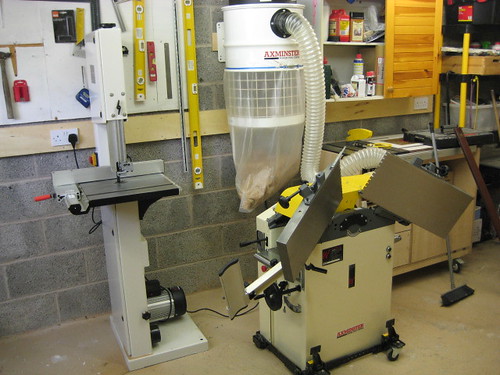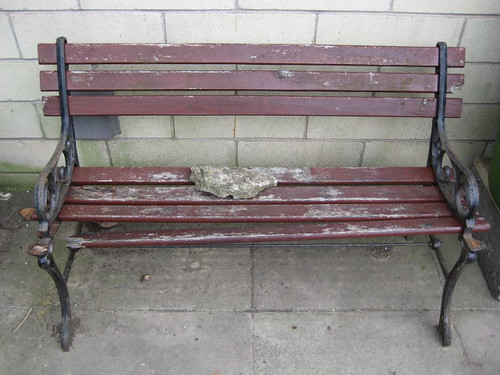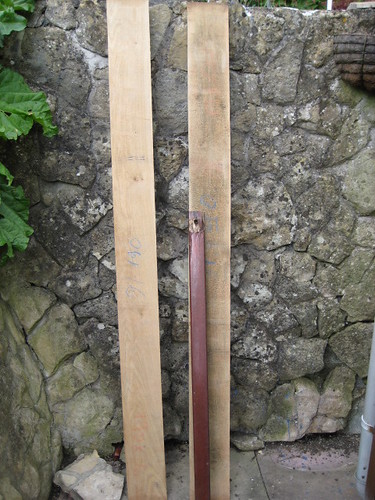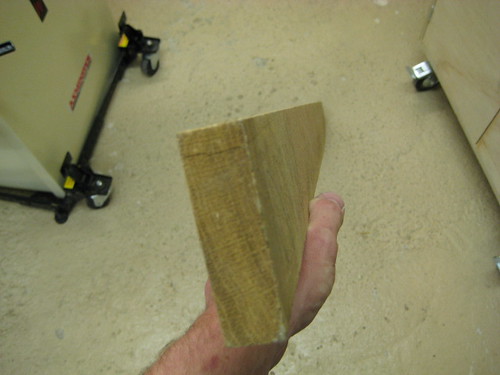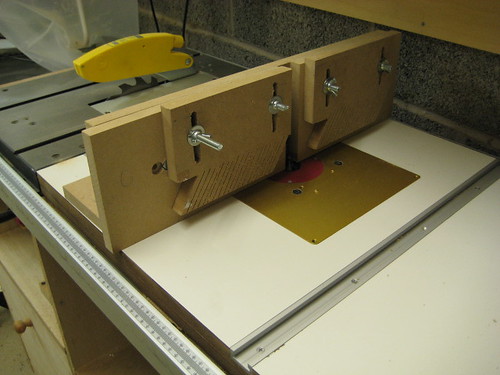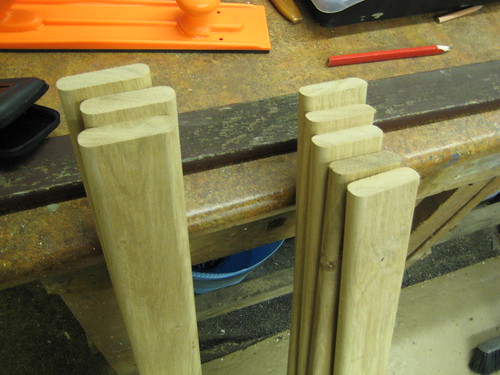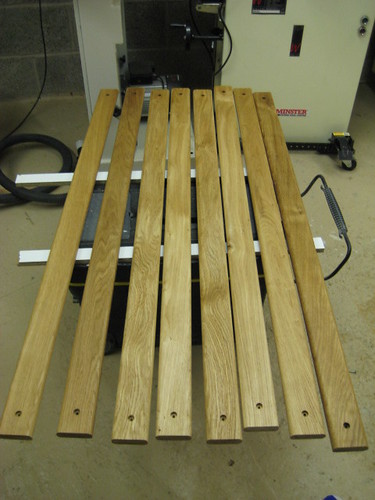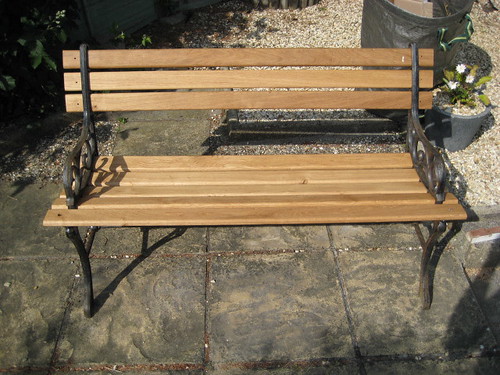OPJ
Established Member
I've just re-read the advice given by Shultzy and Slim previously and have noticed one potential flaw when thicknessing one wide board before ripping it down and cutting out the individual slats...
As you cut in to any length of timber, because of the moisture on the inside (dry to the outside), natural stresses from within can be released - hence the reason why we use a short or withdrawn fence on the table saw.
As you run this wide board through your saw then, there is a chance the timber will curl up and bow as these stresses are therefore released. If you're already at find thickness and therefore cannot remove any more timber, you're stuffed!
In your case, Paul, you're using air-dried timber for an outdoor project; therefore, the moisture content will be slightly higher still (increased chance of movement, etc.). If you haven't started work already (you may be okay if you have...) I'd advise you to cut the individual slats out over size for of all before ANY planing.
This'll also save you the hassle of having to switch back and forth between planing and thicknessing modes several times.

As you cut in to any length of timber, because of the moisture on the inside (dry to the outside), natural stresses from within can be released - hence the reason why we use a short or withdrawn fence on the table saw.
As you run this wide board through your saw then, there is a chance the timber will curl up and bow as these stresses are therefore released. If you're already at find thickness and therefore cannot remove any more timber, you're stuffed!
In your case, Paul, you're using air-dried timber for an outdoor project; therefore, the moisture content will be slightly higher still (increased chance of movement, etc.). If you haven't started work already (you may be okay if you have...) I'd advise you to cut the individual slats out over size for of all before ANY planing.
This'll also save you the hassle of having to switch back and forth between planing and thicknessing modes several times.

































